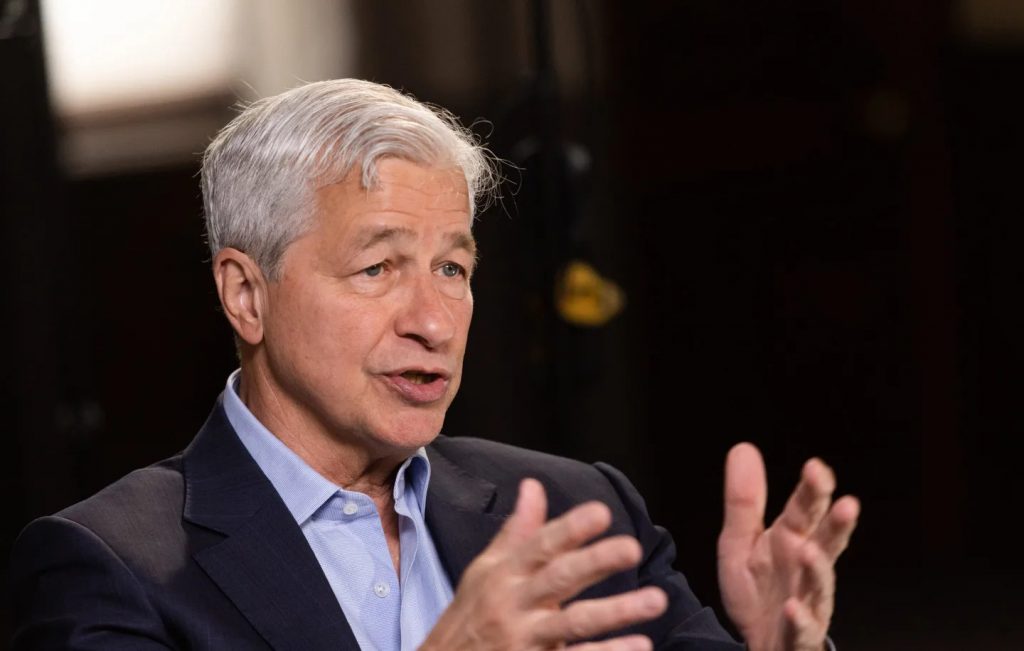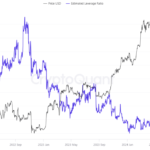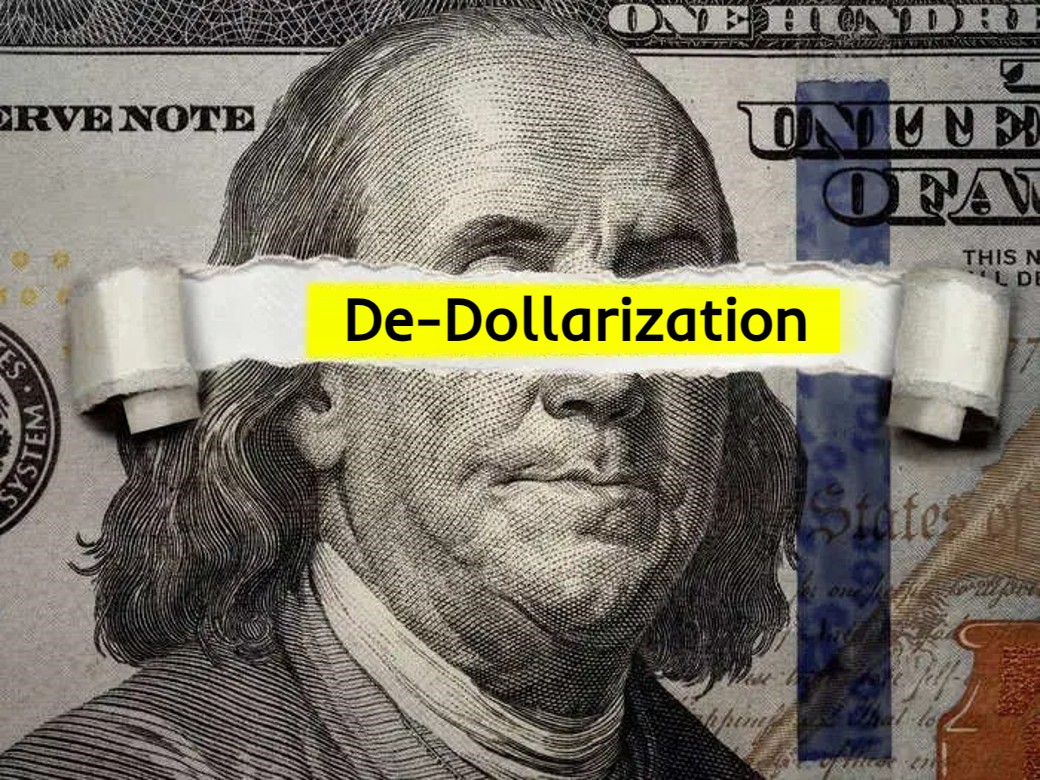Leading investment bank JP Morgan has shared insights on de-dollarization and the major threat plaguing the US dollar. The US dollar is currently the dominant currency for trade and leads the charts in the forex markets. No country can survive without keeping the USD in its central bank reserves, as it boasts value and strength.
Also Read: De-Dollarization: How the US Is Helping Chinese Yuan To Succeed
While the Chinese yuan and Japanese yen are now widely used through de-dollarization, they are unable to dethrone the USD. JP Morgan has explained in its recent analysis that foreign powers do not pose a major threat to the US dollar. Central banks of foreign countries are increasing their reserves in USD-denominated currencies, giving them exposure to international markets.
Also Read: US Dollar Weakening May Actually Be Good For US Stocks: Here’s How
De-Dollarization: JP Morgan Reveals What’s Hurting the US Dollar


According to JP Morgan, the threat to the US dollar comes from the homeland and not de-dollarization from foreign powers. The global bank revealed that America’s outrageous debt load of nearly $35 trillion poses the biggest threat to the USD. The mounting US public debt is forcing foreign investors to snap back at taking entry positions in the market.
Also Read: Barclays Predict What’ll Happen to the US Dollar After the Fed Meeting
Capitol Hill, Federal Reserve, and White House leaders cannot control the rising debt. “The biggest challenge to US dollar dominance is the US itself given the mounting public debt levels and elevated fiscal deficits,” summarized JP Morgan in a webinar.
Even Former Treasury economist Mark Sobel, who participated in the JP Morgan event, addressed the debt as “mammoth deficits”. The White House is looming at the threat of a default that could cause the global markets to crash. Sobel explained that the US dollar debt could rise further if Trump gets elected. “While the US dollar dominance remains entrenched, both the platform and Trump policies would mean less confidence and trust in American leadership.”










